What does “climate-friendly travel” mean?
Climate-friendly travel means minimizing the environmental impact, particularly the emission of greenhouse gases, caused by travel as much as possible. Those who enjoy discovering new travel destinations and innovative travel methods will find that climate-friendly travel often represents an enrichment rather than a sacrifice.
A trip typically consists of three components:
- Travel to and from the destination
- Accommodation and catering
- Activities and excursions at the destination
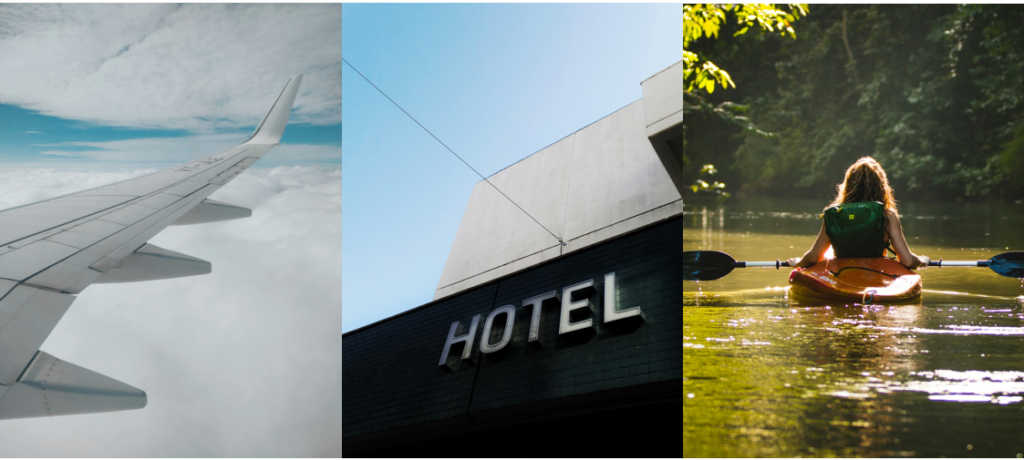
Whether you book the trip with a tour operator or organize the individual components yourself, each component affects the environmental and climate balance of the vacation. Below are some tips to minimize the environmental impact and especially your own CO₂ footprint per travel components.
Travel to and from the destination
1. Short travel distances
Short travel distances significantly contribute to the reduction of CO₂ emissions as they require less energy for transport. So-called “micro-tourism,” where one travels within the local area, is gaining popularity. Short travels are not only more environmentally friendly but also less stressful and often more cost-effective. They allow you to rediscover the beauty of your own region and undertake spontaneous, short-term trips.
2. Travel by bus and train
Compared to cars and airplanes, buses and trains are much more climate-friendly modes of transport. Modern trains and buses have high energy efficiency, and many railway companies promote the use of renewable energy, further reducing the CO₂ footprint. Buses and trains often offer comfortable and fast connections, especially in Europe. Using buses and trains also avoids traffic jams and reduces air pollution in cities.
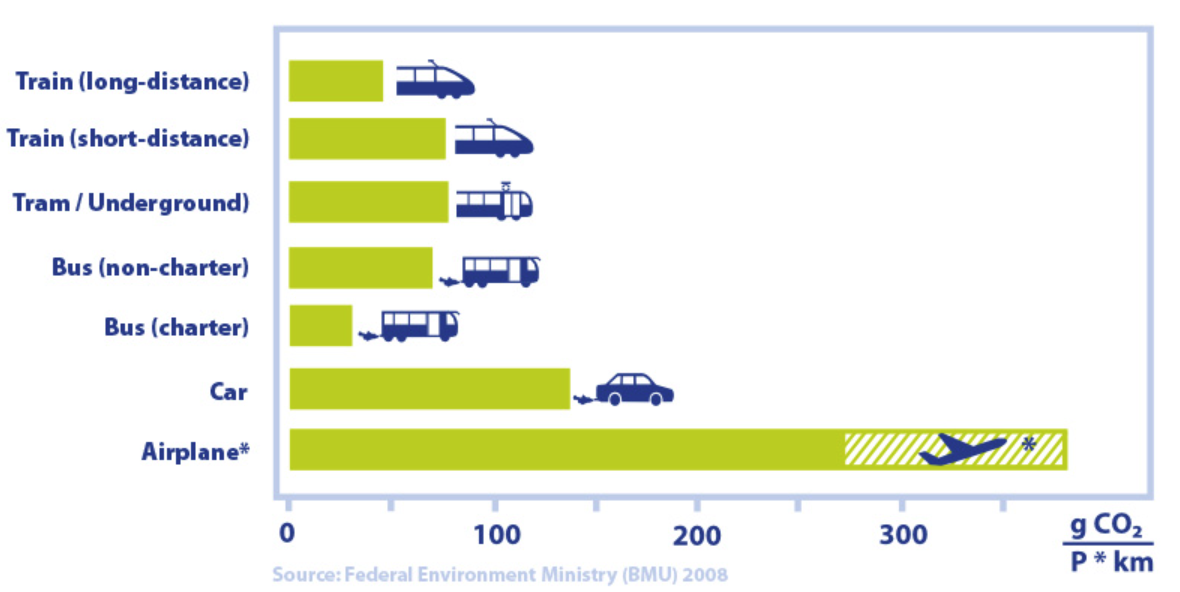
3. Carpooling
Carpooling reduces the number of vehicles on the roads, thereby lowering CO₂ emissions per person. Thanks to modern apps and platforms like BlaBlaCar or Bessermitfahren.de, people with similar destinations and schedules can easily form carpools. This not only cuts travel costs but also fosters valuable encounters.
4. Offsetting Flight Emissions
Air travel generates significant CO₂ emissions and should be avoided whenever possible. If flying is unavoidable, offsetting the emissions is a sensible option. The CO₂ emissions of a flight can be calculated, for example, with the atmosfair emissions calculator, and travelers can support projects that remove or reduce CO₂. Despite this option, the priority should always be on reducing and avoiding air travel to sustainably decrease the ecological footprint.
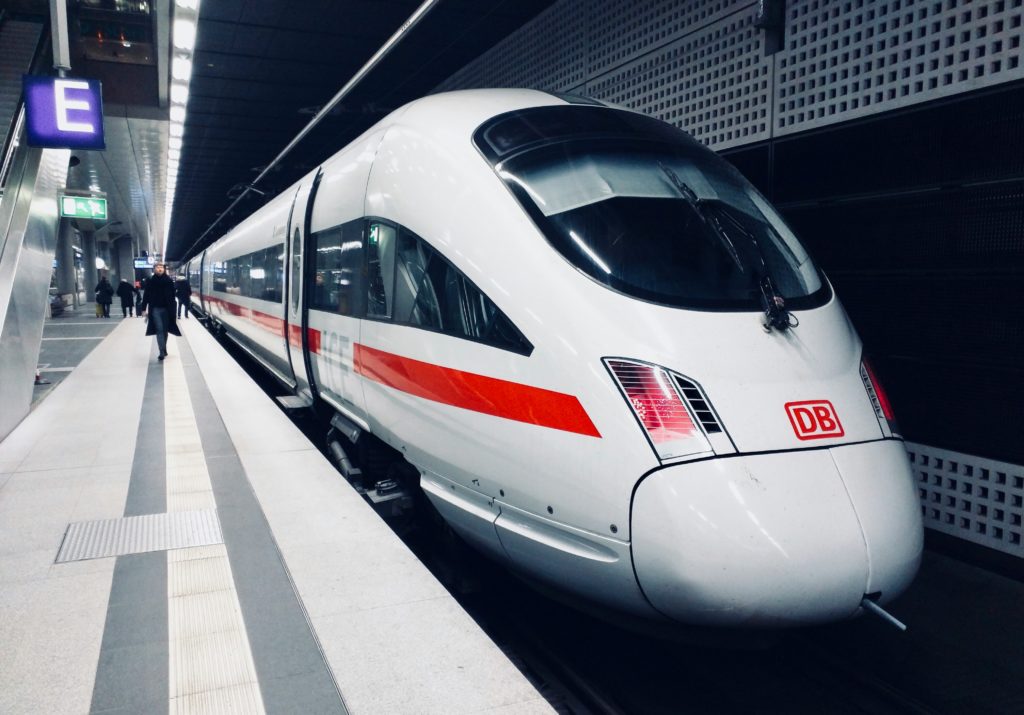
Accommodation and Catering
1. Choosing Climate-Friendly Accommodations
When selecting climate-friendly accommodations, there are several criteria to consider. Climate-friendly accommodations emphasize energy efficiency, renewable energy, and sustainable construction. They focus on eco-friendly water management, waste reduction and separation, and the use of environmentally safe cleaning products. Guests can check if the accommodation has implemented measures to reduce CO₂ emissions, such as using renewable energy sources. Additionally, the local sourcing of materials and services plays an important role. Platforms such as Good Travel help you find sustainable hotels, B&Bs and vacation homes in Europe.
2. Eco-Labels
Eco-labels are certificates that identify environmentally friendly and sustainable practices in accommodations and tourism businesses. These labels help consumers make eco-conscious decisions. Well-known eco-labels in tourism include the EU Ecolabel, Green Key, and Travelife. These certifications evaluate criteria such as energy and water efficiency, waste management, use of ecological cleaning products, and commitment to the local community. The EU-supported network platform Destinet provides an overview of various eco-labels in tourism. This platform helps travelers find sustainable tourism options and provides information about the standards and requirements of different eco-labels.
The labels do not always directly indicate the CO₂ emissions of the accommodation, so it is worth checking the awarding criteria of each label.
3. Regional and Vegetarian Cuisine
Regional products often have a lower CO₂ footprint because they do not need to be transported over long distances. Moreover, consuming local products supports the regional economy and helps preserve local culture. Vegetarian and vegan dishes typically have a lower environmental impact than dishes containing meat or animal products, as the production of plant-based foods requires fewer resources and produces lower greenhouse gas emissions. Many climate-friendly accommodations and restaurants offer regional and vegetarian options to minimize their ecological footprint.
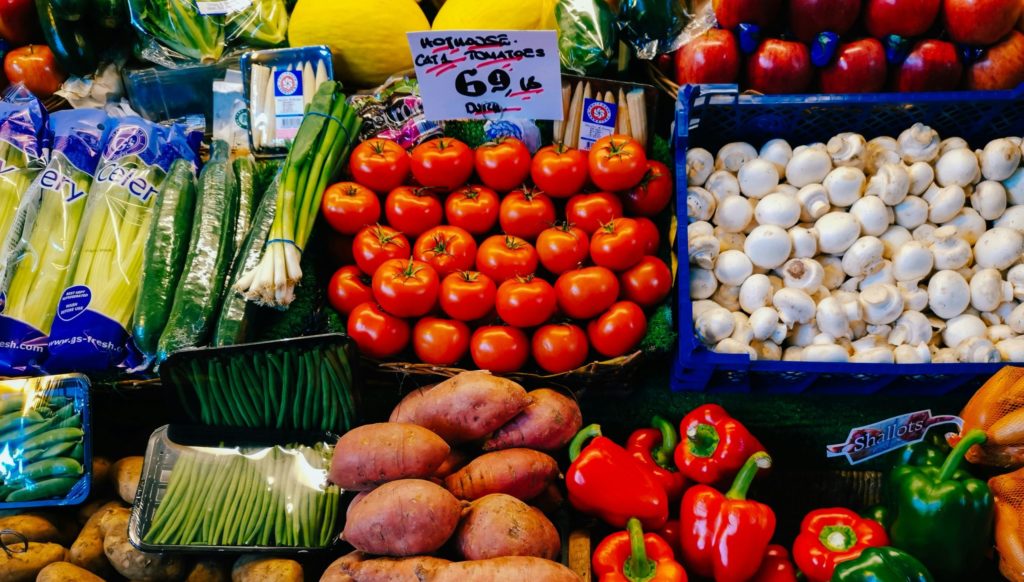
Activities and Excursions at the destination
1. Low-Emission Transportation
During the trip, CO₂ emissions can be reduced by prioritizing eco-friendly modes of transportation. Travelers can stay close to their accommodation and explore the surroundings on foot or by bicycle instead of using motorized vehicles. Additionally, they can choose destinations that are easily accessible by public transport, thereby minimizing the use of cars. These measures help travelers reduce their ecological footprint while allowing them to experience the local environment more intimately.
2. Participating in Local Environmental Projects
Many destinations offer opportunities for tourists to participate in environmental and climate protection projects, such as tree planting or conservation programs. By engaging in such activities, visitors can actively contribute to protecting the environment and supporting the local communities.
3. Exploring Sustainable Attractions and Sights
Travelers can seek out attractions that focus on environmental protection and sustainability, such as ecological reserves, eco-friendly wildlife observation programs, or sustainable farms. Visiting such places can raise awareness of environmental issues and support efforts to preserve natural resources.

atmosfair recommends: “Mallorca without air travel”
Enjoy the Mediterranean! Every year, millions of tourists travel to Majorca by plane on holiday. Few people know about climate-friendly travel to Majorca via train and ferry services from the Spanish mainland. From western and northern Germany, the best route is through Paris on the Thalys from Cologne or on the ICE or TGV from Frankfurt. From Paris, the Elipsos night train brings you directly to Barcelona, where you can board a ferry to Majorca.
From southern Germany, the easiest route to Barcelona is through Zurich, where you can board the Elipsos night train that takes you to Spain via the Alps and the beautiful Côte d’Azur.
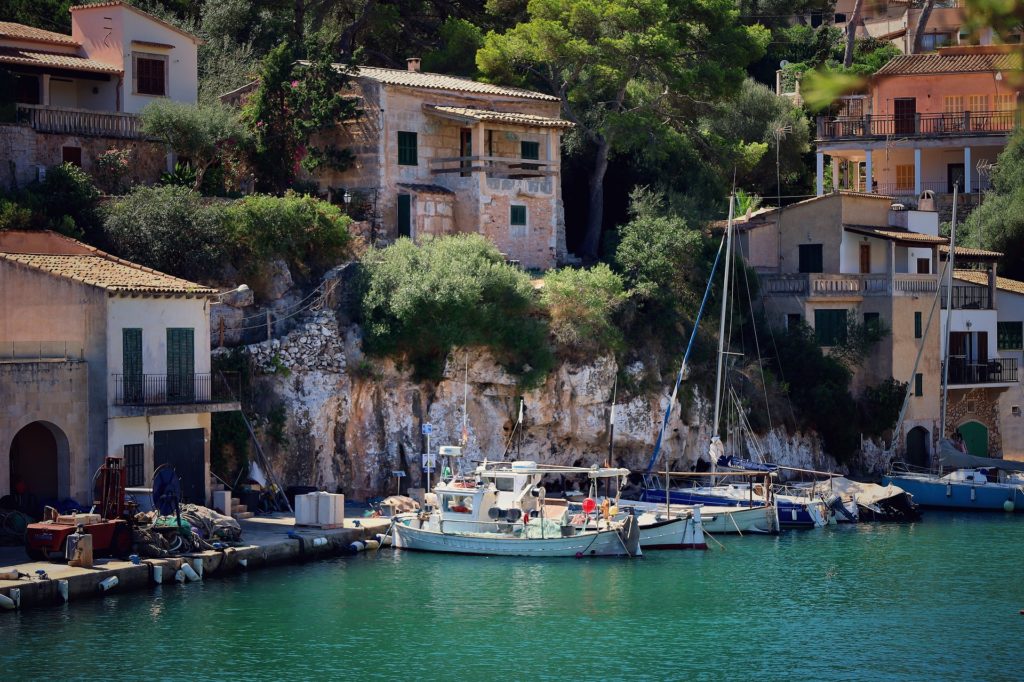


 Share
Share Tweet
Tweet